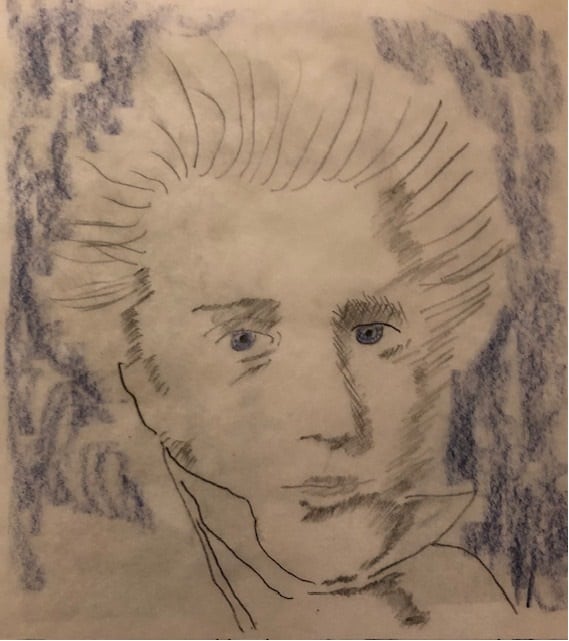Individual Excellence: Part I-B-2: Grouped People
27 April 2024
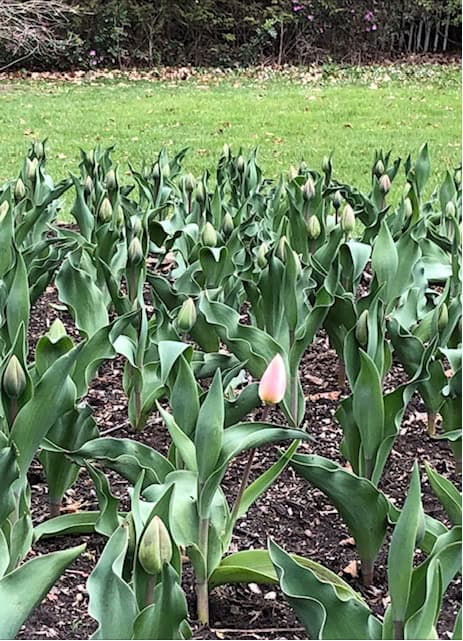
Individual Excellence: Part I-B-2: Grouped People
27 April 2024
Individual Excellence: Part I-B: Grouped People
20 April 2024
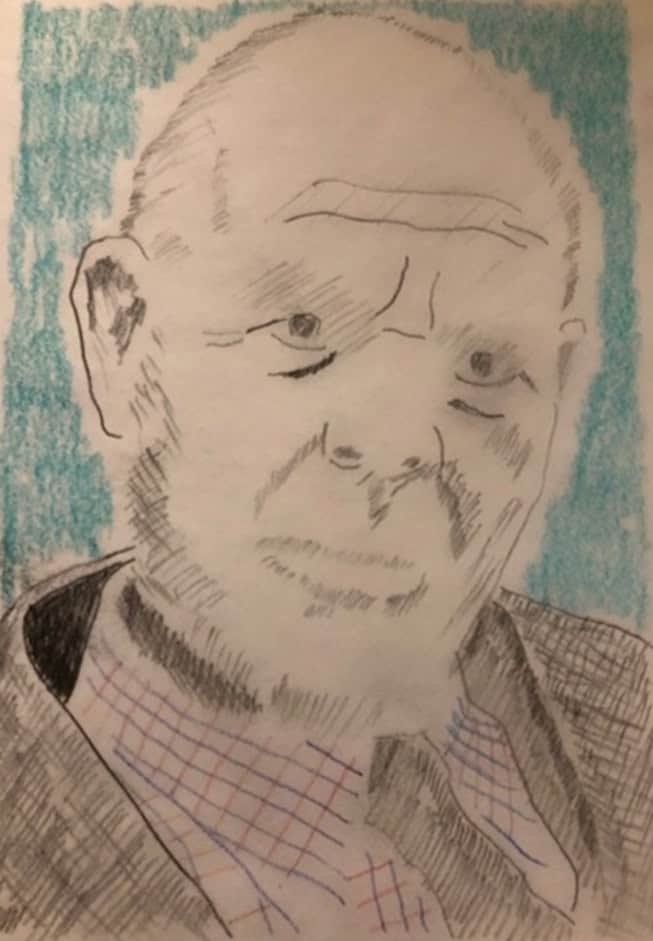
Individual Excellence: Part I-B: Grouped People
20 April 2024
Emotional Reasoning vs. Evidence-based Reasoning from Individual Excellence: Part 1-xi: Soul
6 April 2024
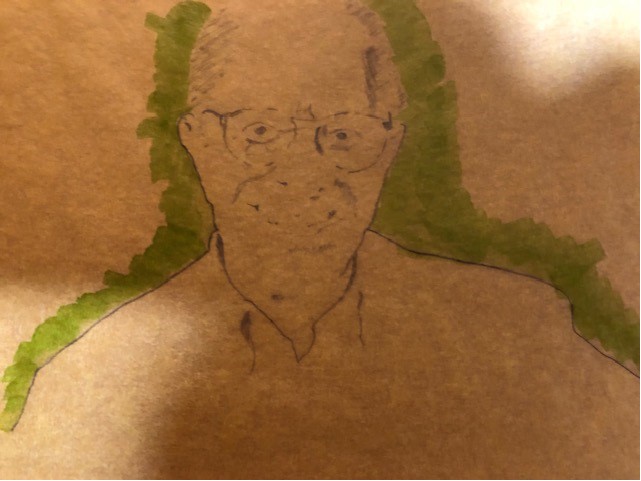
Individual Excellence: Part 1-x: Soul
23 March 2024
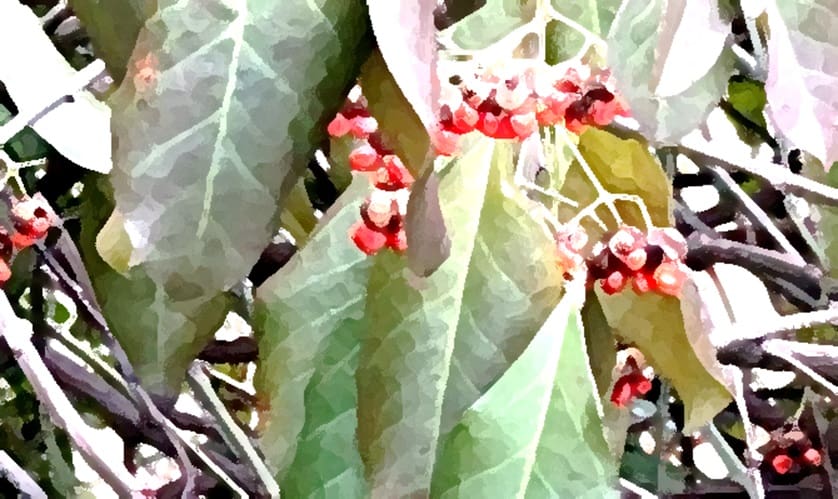
Individual Excellence: Part 1-x: Soul
23 March 2024
Individual Excellence: Part 1-ix: Soul
16 March 2024
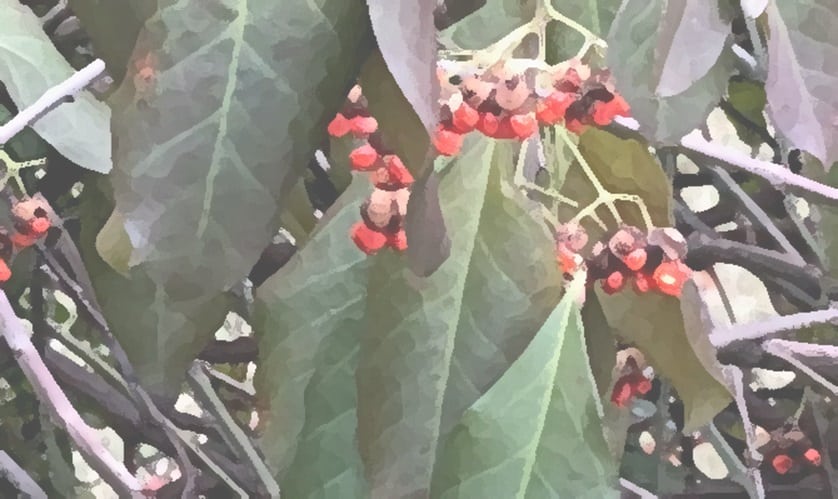
Individual Excellence: Part 1-ix: Soul
16 March 2024
Individual Excellence: Part 1-viii: Soul
9 March 2024
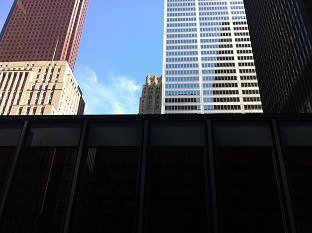
Individual Excellence: Part 1-viii: Soul
9 March 2024
Individual Excellence: Part 1-vii: Soul
2 March 2024
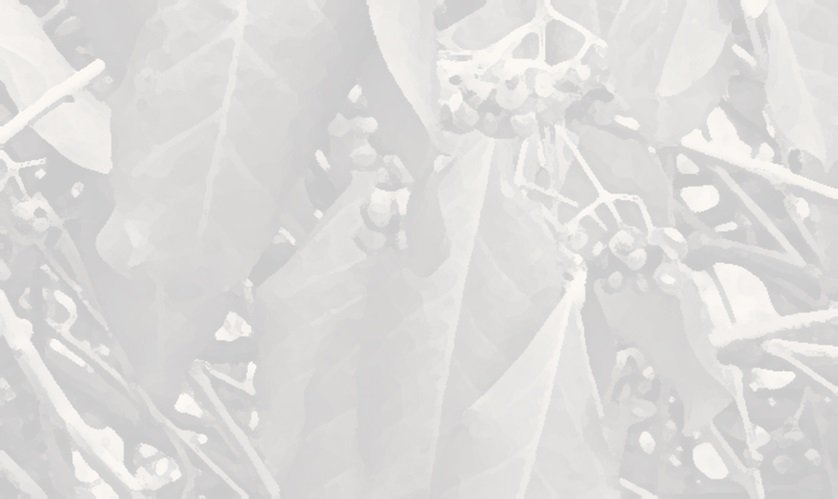
Individual Excellence: Part 1-vii: Soul
2 March 2024
Individual Excellence: Part 1-vi: Soul
24 February 2024
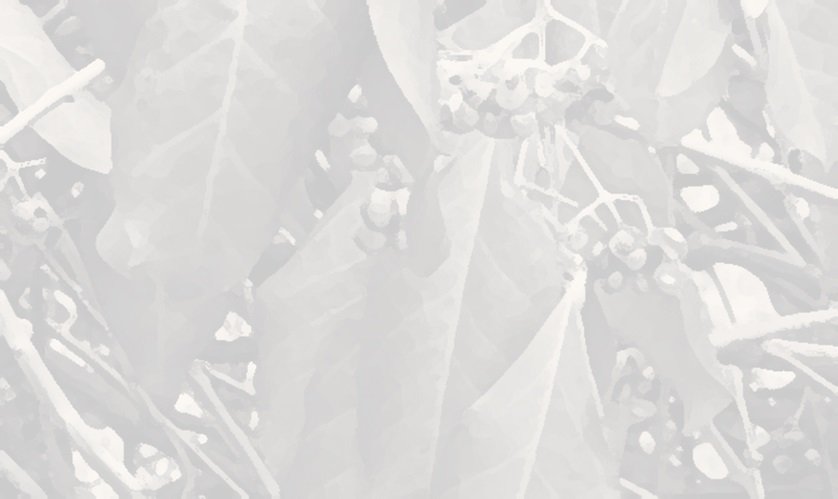
Individual Excellence: Part 1-vi: Soul
24 February 2024
Individual Excellence: Part 1-v: Soul
17 February 2024
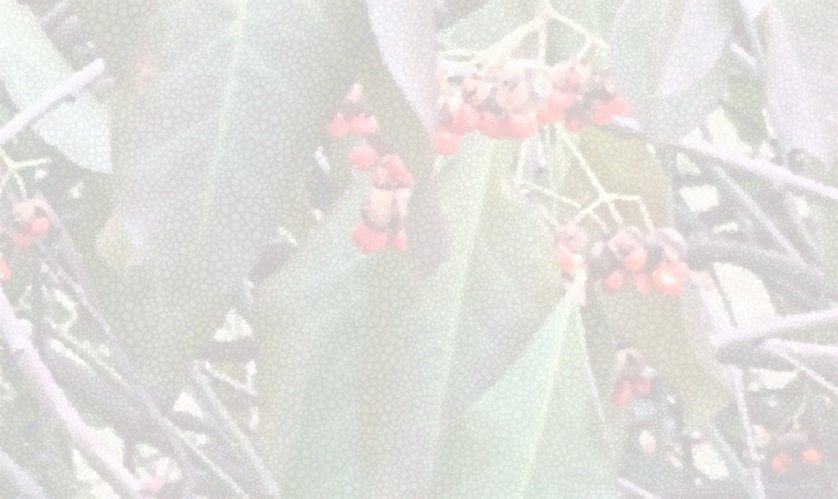
Individual Excellence: Part 1-v: Soul
17 February 2024
Individual Excellence: Part 1-iv: Soul
10 February 2024
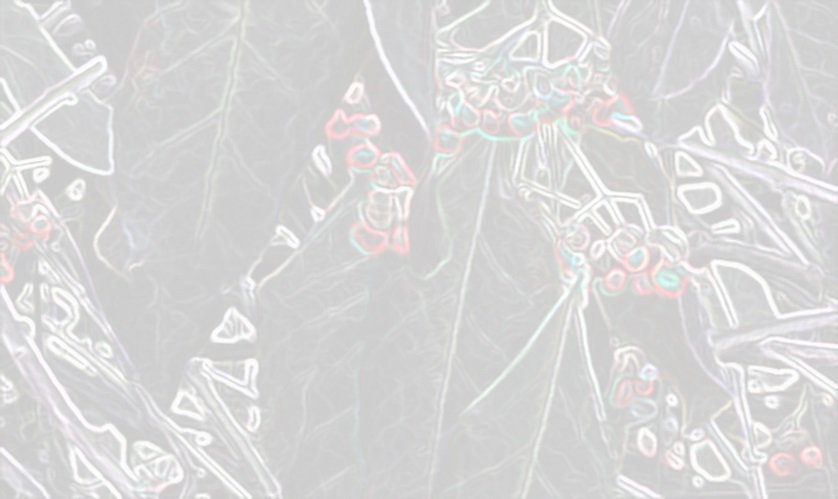
Individual Excellence: Part 1-iv: Soul
10 February 2024
Individual Excellence: Part 1-iii: Soul
3 February 2024
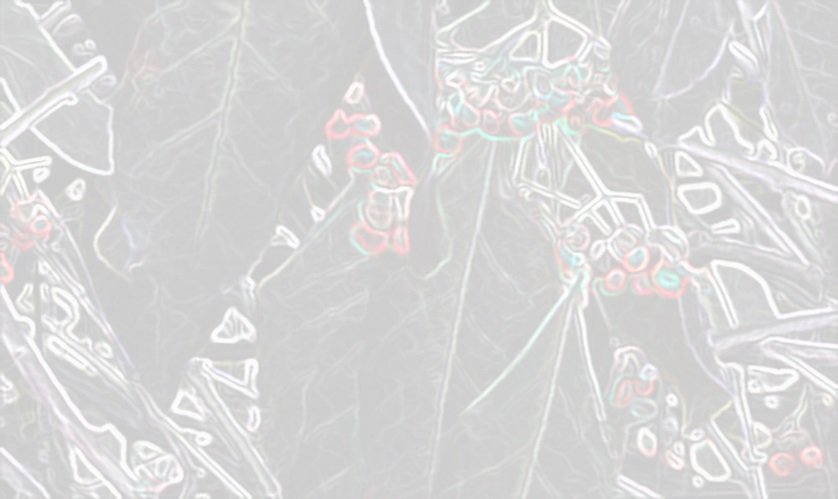
Individual Excellence: Part 1-iii: Soul
3 February 2024
Individual Excellence: Part 1-ii: Soul
27 January 2024
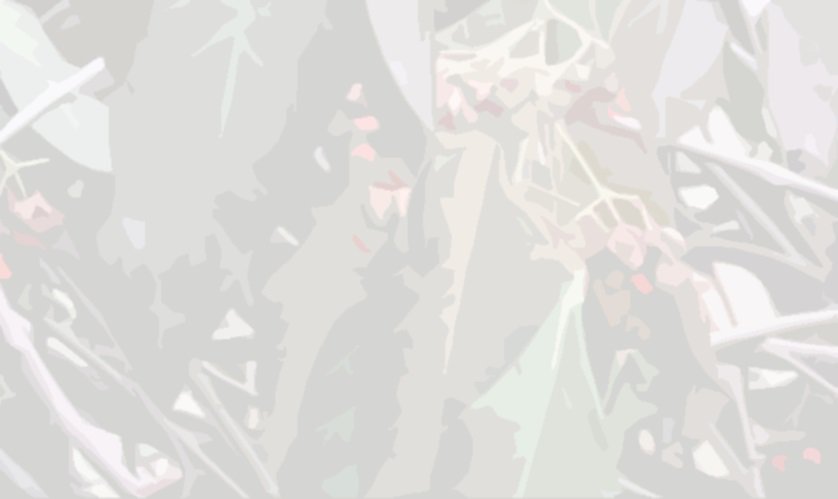
Individual Excellence: Part 1-ii: Soul
27 January 2024
Individual Excellence: Part 1b: People
20 January 2024
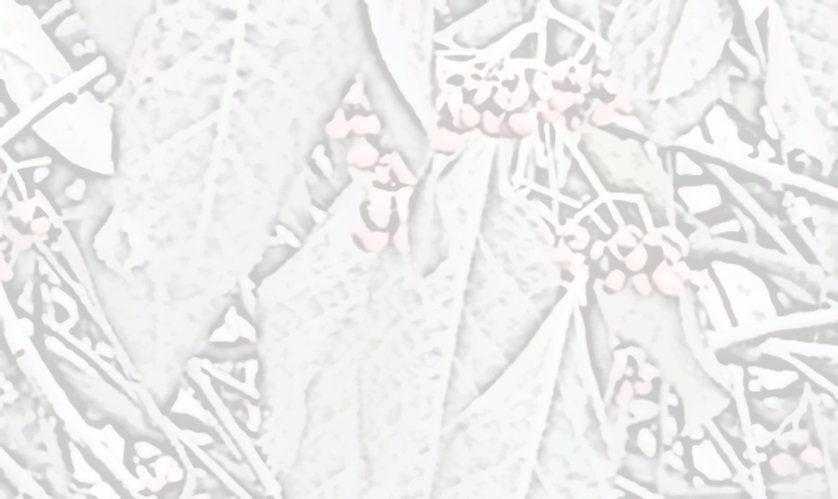
Individual Excellence: Part 1b: People
20 January 2024
Individual Excellence: Outline, Beginning of Part I
13 January 2024
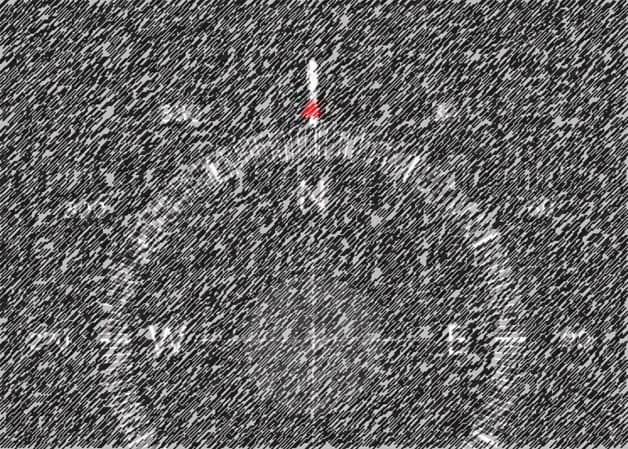
Individual Excellence: Outline, Beginning of Part I
13 January 2024
A New Book (Of Old Ideas Revised)
6 January 2024
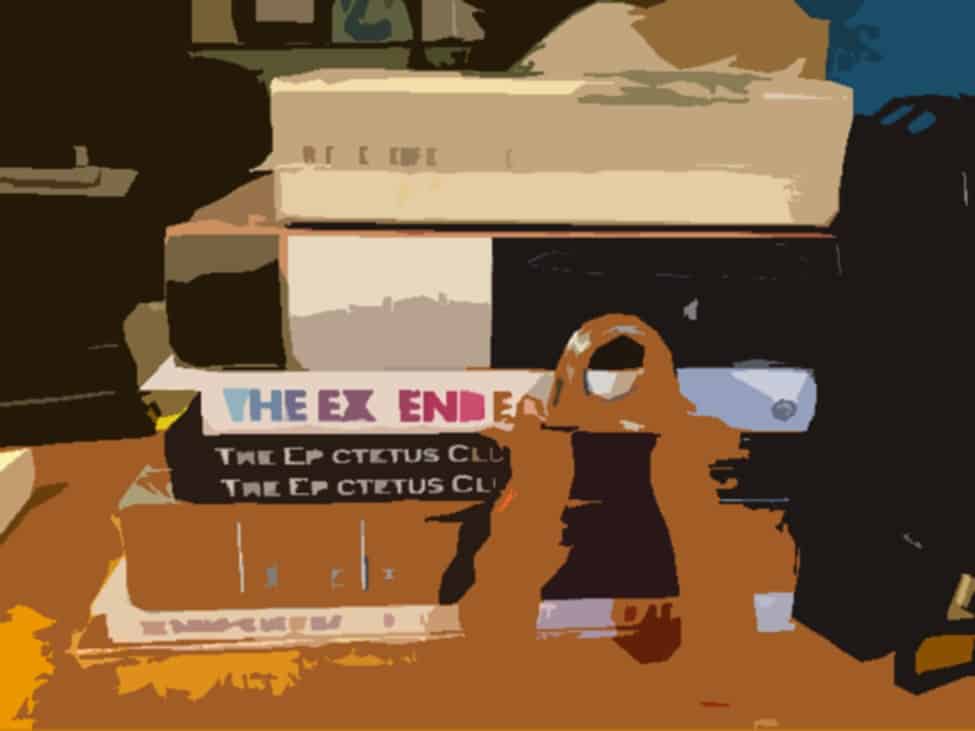
A New Book (Of Old Ideas Revised)
6 January 2024
Aristotelian Values II
16 December 2023

Aristotelian Values II
16 December 2023
Aristotelian Values I
9 December 2023
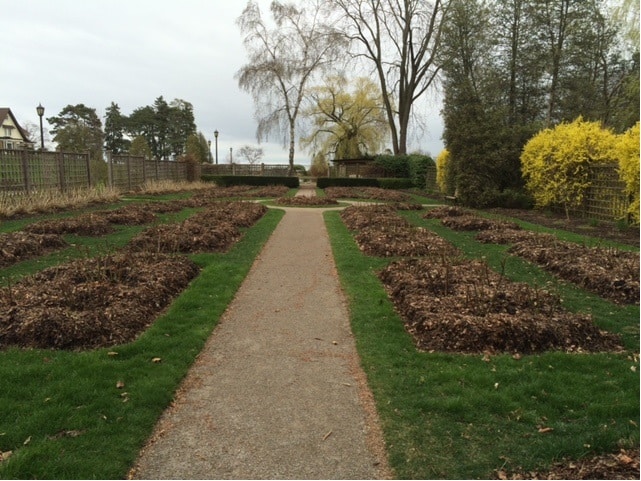
Aristotelian Values I
9 December 2023
Stoic Values XI
2 December 2023

Stoic Values XI
2 December 2023
Stoic Values X
25 November 2023

Stoic Values X
25 November 2023
Stoic Values IX
18 November 2023
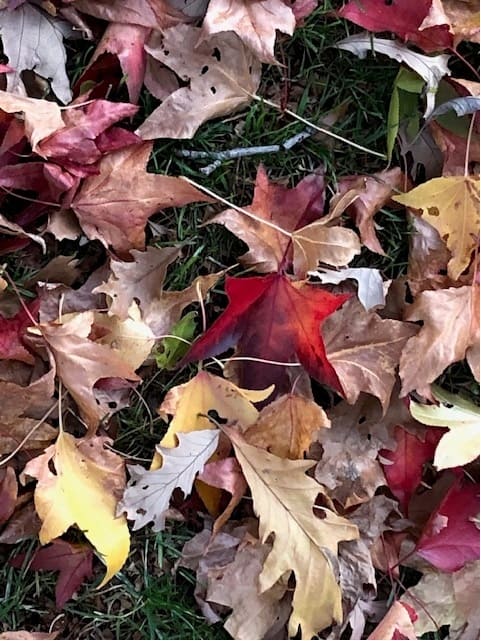
Stoic Values IX
18 November 2023
Stoic Values VIII
11 November 2023

Stoic Values VIII
11 November 2023
Stoic Values VII
4 November 2023

Stoic Values VII
4 November 2023
Stoic Values VI
28 October 2023
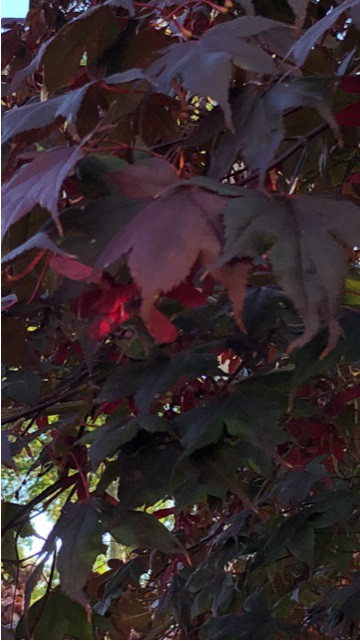
Stoic Values VI
28 October 2023
Stoic Values V
21 October 2023
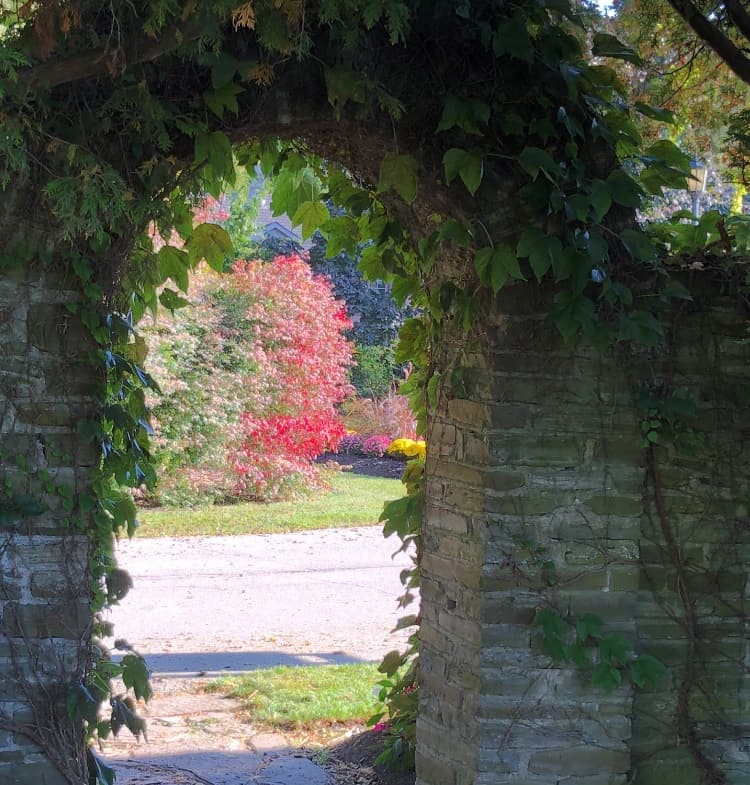
Stoic Values V
21 October 2023
Stoic Values IV
14 October 2023
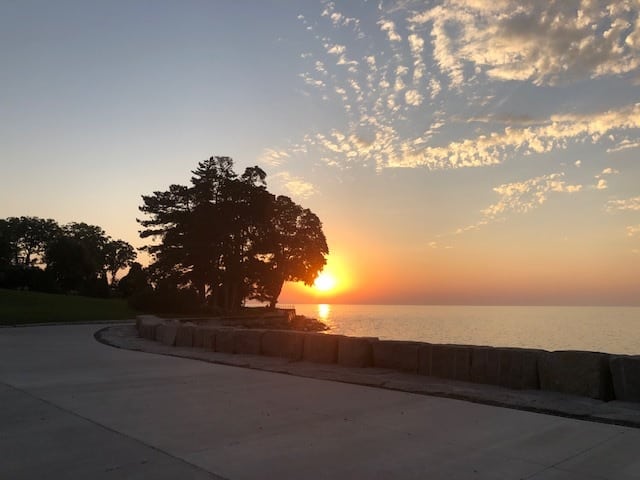
Stoic Values IV
14 October 2023
Stoic Values III
7 October 2023

Stoic Values III
7 October 2023
Stoic Values II
30 September 2023

Stoic Values II
30 September 2023
Stoic Values
23 September 2023

Stoic Values
23 September 2023
The Stockdale Paradox
Faith versus realism—a scale and explanation to test where you stand. (Image: Apollo 11 Moon Landing: Photos from 50 Years Ago, Courtesy, The Atlantic)The Hamster Wheel
Congruence—the exit lane from the hamster wheel. (Image: A multi-panelled hamster wheel courtesy, Nobrand Silent Spinning Running Wheel)Craftsmanship as a Life Skill, V
26 August 2023
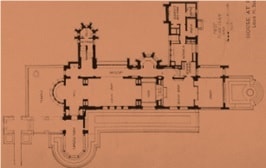
Craftsmanship as a Life Skill, V
26 August 2023
Craftsmanship as a Life Skill IV
Craftsmanship of the self through self-control of thoughts, feelings, and behaviours. (Image courtesy Classroom Mental Health)Craftsmanship as a Life Skill III
Craftsmanship and recovery from addiction as seen in our relationship to urges. (Image, courtesy New World Encyclopedia.)Craftsmanship as a Life Skill II
The craft, or well-considered means, of living a balanced life. (Image of 1961 Initial Edition of the E-Type Jaguar, Courtesy Jaguar, UK.)Craftsmanship as a Life Skill
Craftsmanship as a way of being. (Image courtesy, Corner Prairie Living History Museum)Relating: Meaning & Significance
Research on the meaning and significance of the word “relate”. (Image courtesy, YouTube: Boy, 7, and man, 64, answer life’s questions...)Making Choices: Cost-Benefit Analysis
An open query using #SMARTReovery’s #cost-benefit analysis regarding the author’s near-term choices: book writing or a Ph.D.? (Cost-Benefit Analysis Graphic, Courtesy, Investopedia).Well-Turned Souls
Why letting go of control is the Stoic formula for well-being. (Image: Courtesy, Bold Insights.)Christopher’s Story-Annotated
An addiction narrative with some explanatory notes. (Image: Yew Dell, Botanical Gardens)Withdrawal IV: Opioids
Description of withdrawal procedures from opioid use. (Image courtesy, USA Centers for Disease Control and Prevention, 2020)Withdrawal III: Stimulants
Description of withdrawal procedures from stimulant use. (Structural schematics of dopamine & norepinephrine, courtesy, NIDA, 2023)Withdrawal II: Hallucinogens
Description of harms of cannabis use and protocols, symptoms of withdrawal. (Image courtesy, Narconon Drug & Alcohol Rehabilitation, 2023)Boundaries II
27 May 2023
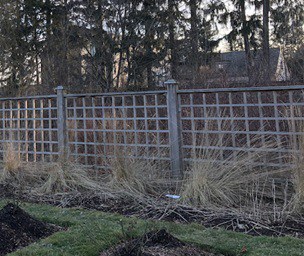
Boundaries II
27 May 2023
Eustatheia: Keeping calm & carrying on.
Steadiness of purpose (eustatheia) or keeping calm and carrying on. (Image: London, England during WWII, where the slogan apparently arose.)Recovery for Loved Ones III
13 May 2023
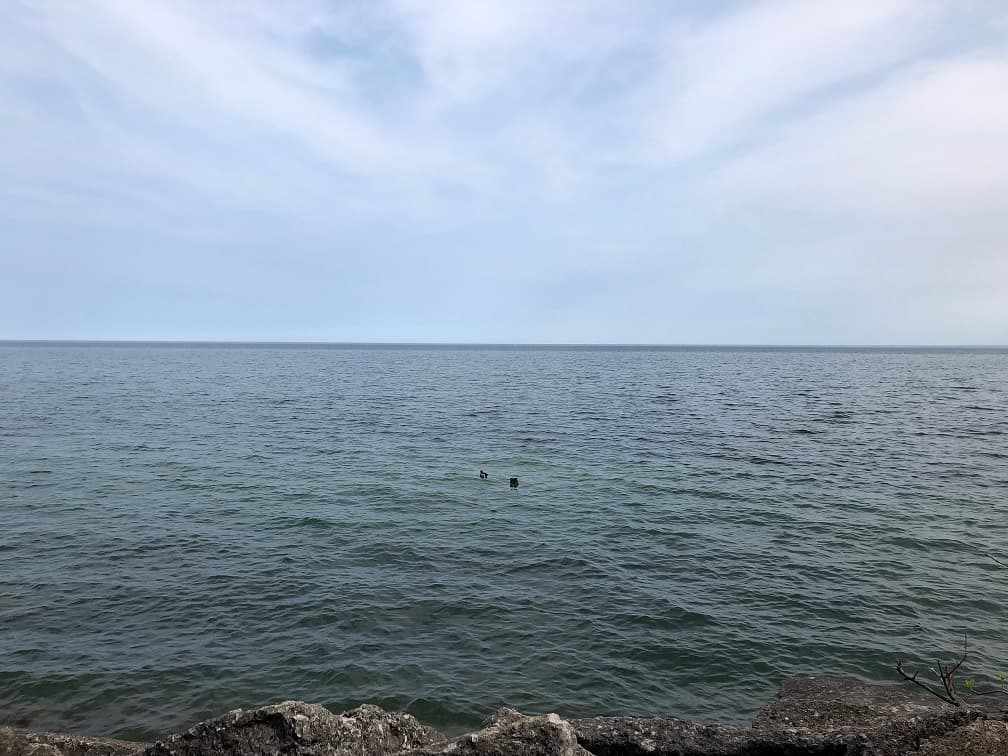
Recovery for Loved Ones III
13 May 2023
Recovery for Loved Ones II
22 April 2023

Recovery for Loved Ones II
22 April 2023
Recovery for Loved Ones
15 April 2023
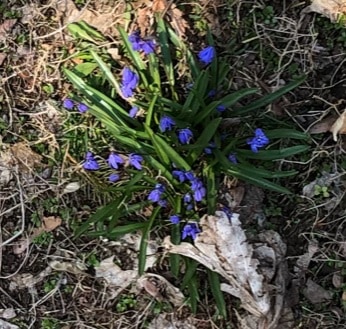
Recovery for Loved Ones
15 April 2023
In Active Addiction
No one starts out to become #addicted. A brief glimpse into that state of being. (Image: Van Gogh’s Sunflowers, 1887, Courtesy, Metropolitan Museum of Art, NYC.)Maslow Redux: Purpose
Discussion of Kaufman’s (2020) revision of Maslow’s work particularly as that work concerns purpose, values, and integration of values. (Image of Maslow, 1965 courtesy, o’reilly.com)Maslow Redux: Love
Discussion of Kaufman’s (2020) revision of Maslow’s work particularly as that work concerns love, we, I, self-compassion and #ClaireNuer. (Image of Maslow, 1965 courtesy, o’reilly.com)Maslow Redux: Exploration
Discussion of Kaufman’s (2020) revision of Maslow’s work particularly as that work concerns exploration, avoidance, IQ, and self-actualization. (Image of Maslow, 1965 courtesy, o’reilly.com)Maslow Redux: Self-Esteem
Discussion of Kaufman’s (2020) revision of Maslow’s work particularly as that work concerns self-esteem, both secure and insecure; intentionality, agency, and the role of values. (Image of Maslow, 1965 courtesy, o’reilly.com)Maslow Redux: Connection
Discussion of Kaufman’s (2020) revision of Maslow’s work particularly as that work concerns uncertainty and acceptance. (Image of Maslow, 1965 courtesy, o’reilly.com)Maslow Redux: Safety
Discussion of Kaufman’s (2020) revision of Maslow’s work particularly as that work concerns uncertainty and acceptance. (Image of Maslow, 1965 courtesy, o’reilly.com)Maslow Redux II
Discussion of Kaufman’s (2020) revision of Maslow’s work particularly as that work concerns uncertainty and acceptance. (Image of Maslow, 1965 courtesy, o’reilly.com)Maslow Redux
Scott Barry Kaufman’s revision & updating of Maslow’s work on security and growth needs leading to self-actualization. (Image of Maslow, 1965 courtesy, o’reilly.com)The Reality and Experience of ADHD
The attributes and the reality of attention deficit hyperactivity disorder (ADHD). (Image, ADHD, courtesy, Association of American Women in Europe.)Drinking (or Drugging) Alone
Why some people drink (and drug) alone. (Image: The Hangover (Suzanne Valadon), 1888, by Toulouse-Lautrec, Courtesy Harvard Museums, Cambridge.)On Turning the Other Cheek IV
21 January 2023
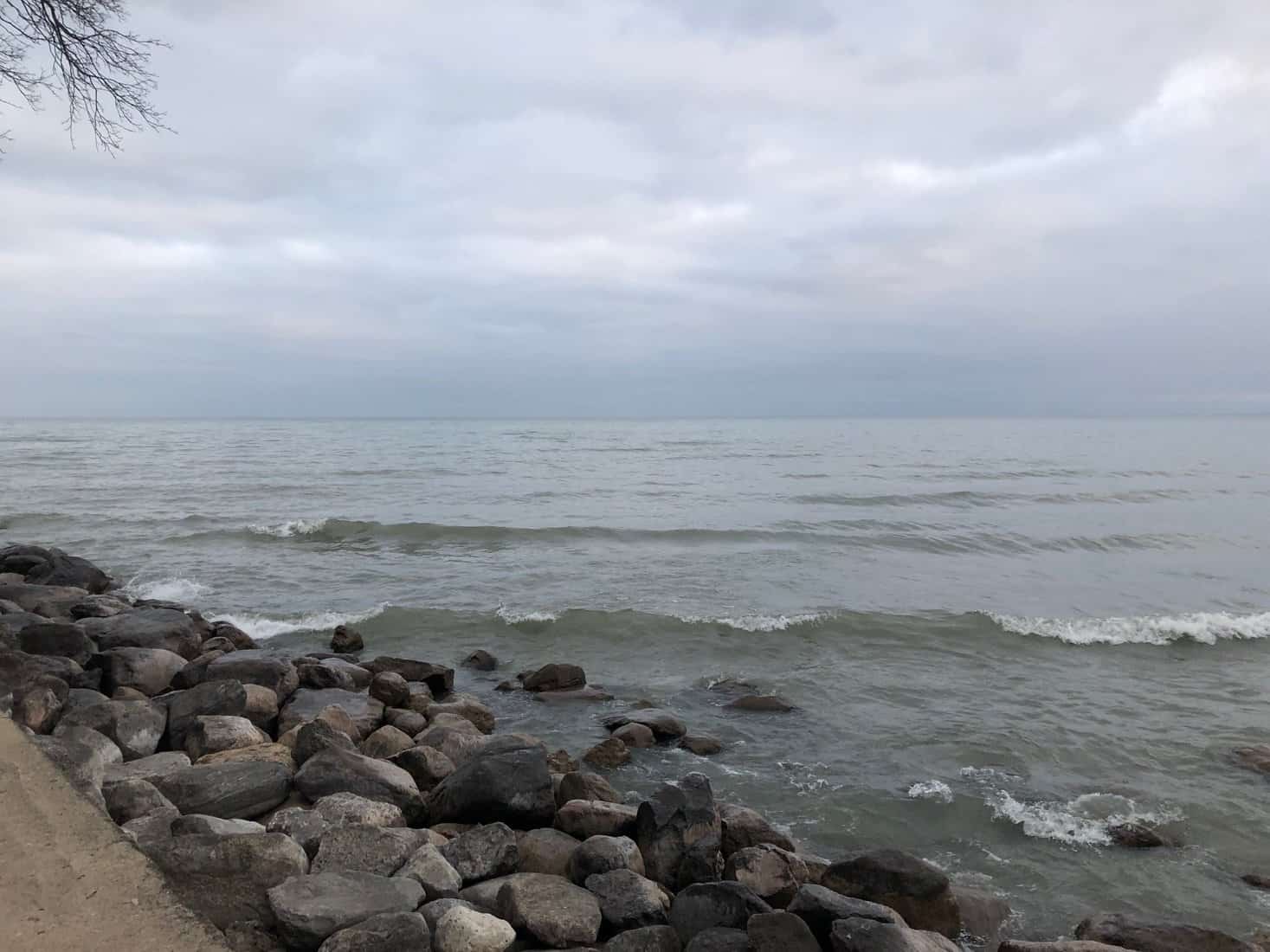
On Turning the Other Cheek IV
21 January 2023
On Turning the Other Cheek III
Third entry on the implications of turning the other cheek, and how it might lead to homogenizing conformity. (Image, courtesy, A River Runs Through It, Wet Fly Swing)On Turning the Other Cheek II
Second entry on the implications of turning the other cheek, particularly as that might apply with a loved one with addictive behaviours. (Image, courtesy, Clipart Black and White.)On Turning the Other Cheek
The first in a short series on the psycho-philosophical implications of turning the other cheek. (Image, courtesy, NASA, July 2015. A Day on Pluto, A Day on Charon.)One Day is as All Days
A first brief look at the similarity of days. (Image, courtesy, NASA, July 2015. A Day on Pluto, A Day on Charon.)Emotionally Immature Parents
An introduction to the idea of emotionally immature parents, how they work, and the marks left on their children. (Image, courtesy, Parents fighting stock illustrations – 212)Attachment as Life Long Forcefield II
An outline of the causes and attributes of the secure, anxious-preoccupied, fearful-avoidant, and avoidant-dismissive attachment styles.Remembrance Day
11 November 2022
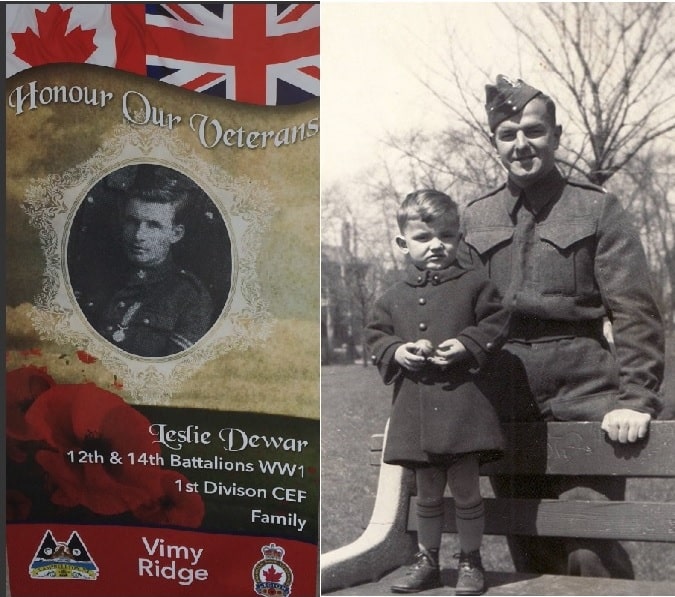
Remembrance Day
11 November 2022
Attachment: A Life Long Forcefield
A brief history of attachment with a statement of its significant role in addiction. (Image: Huang, S. 2022, August 26, Simply Psychology.)Choice Points & Stuck Points
A brief discussion of #choicepoints and #stuckpoints in #psychotherapy. (An image from Acceptance & Commitment Therapy (#ACT) showing the #choicepoint which clarifies the direction of our values.)Resilience, Consilience, & Allostasis III
Part III of a three-part blog on the way that adverse childhood experiences (ACEs) and trauma can shape the brain, body, and person. (Image, Fine Homebuilding).Resilience, Consilience, & Allostasis II
Part II of a three-part blog on the way that adverse childhood experiences and trauma can shape the brain, body, and person.Resilience, Consilience, & Allostasis
This blog opens a discussion of how trauma and stress can adversely or constructively affect human lives. (Image: The Triune Brain, Almuth Weigeldt, RP, 2022)Self-Care 102
An example with definitions of how neglected self-care thrives in addictive cultures and families. (Image: Francis Bacon, Study After Velazquez’s Portrait of Pope Innocent X, 1953, Des Moines Art Centre.)Self-Care 101
24 September 2022
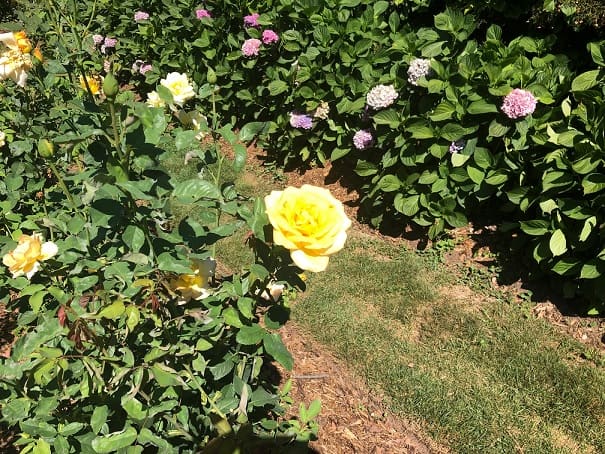
Self-Care 101
24 September 2022
And Life is Like That
17 September 2022

And Life is Like That
17 September 2022
That’s the Way
10 September 2022
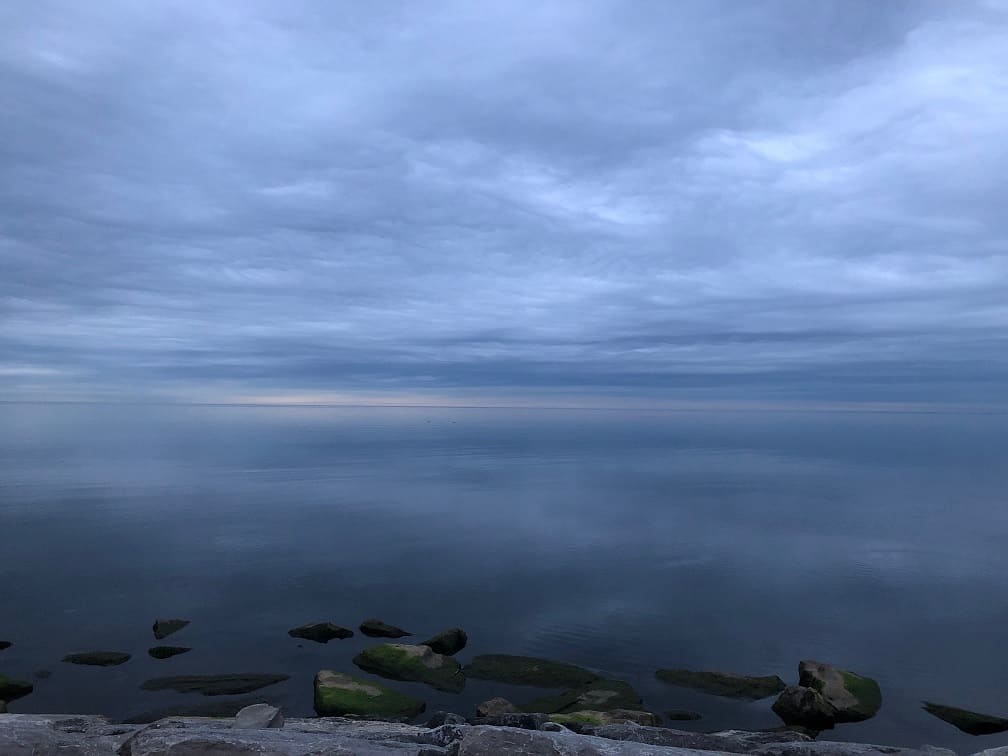
That’s the Way
10 September 2022
Education, Tolerance, (and Recovery)
An inferential examination of Helen Keller’s statement that the noblest outcome of education is tolerance. (Image: lone protestor, Tiananmen Square, 4 June 1989. Courtesy, U.S.A. Department of State.)How we Change (II)
10 August 2022
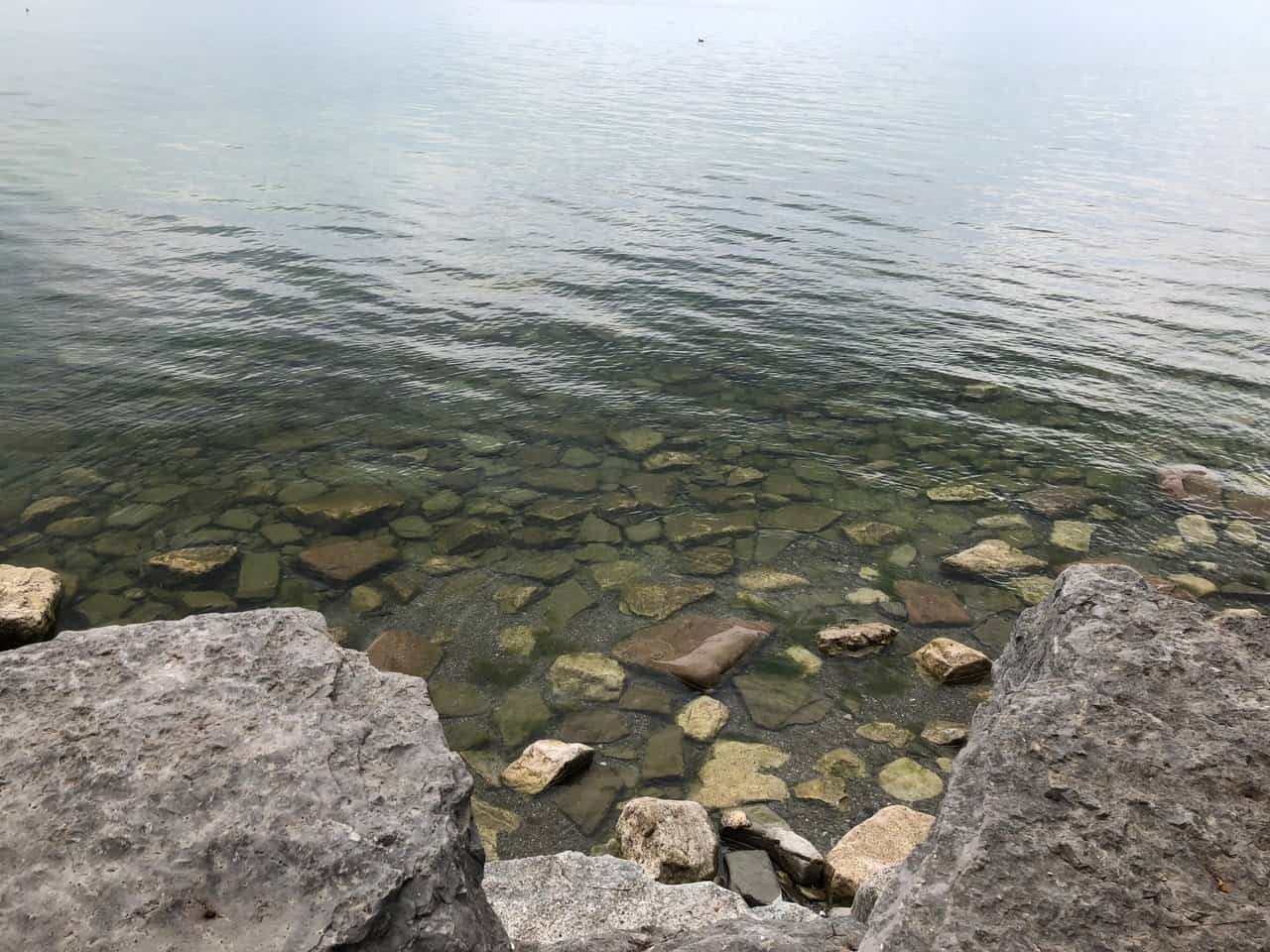
How we Change (II)
10 August 2022
Stages of Recovery III: Growth
3 August 2022
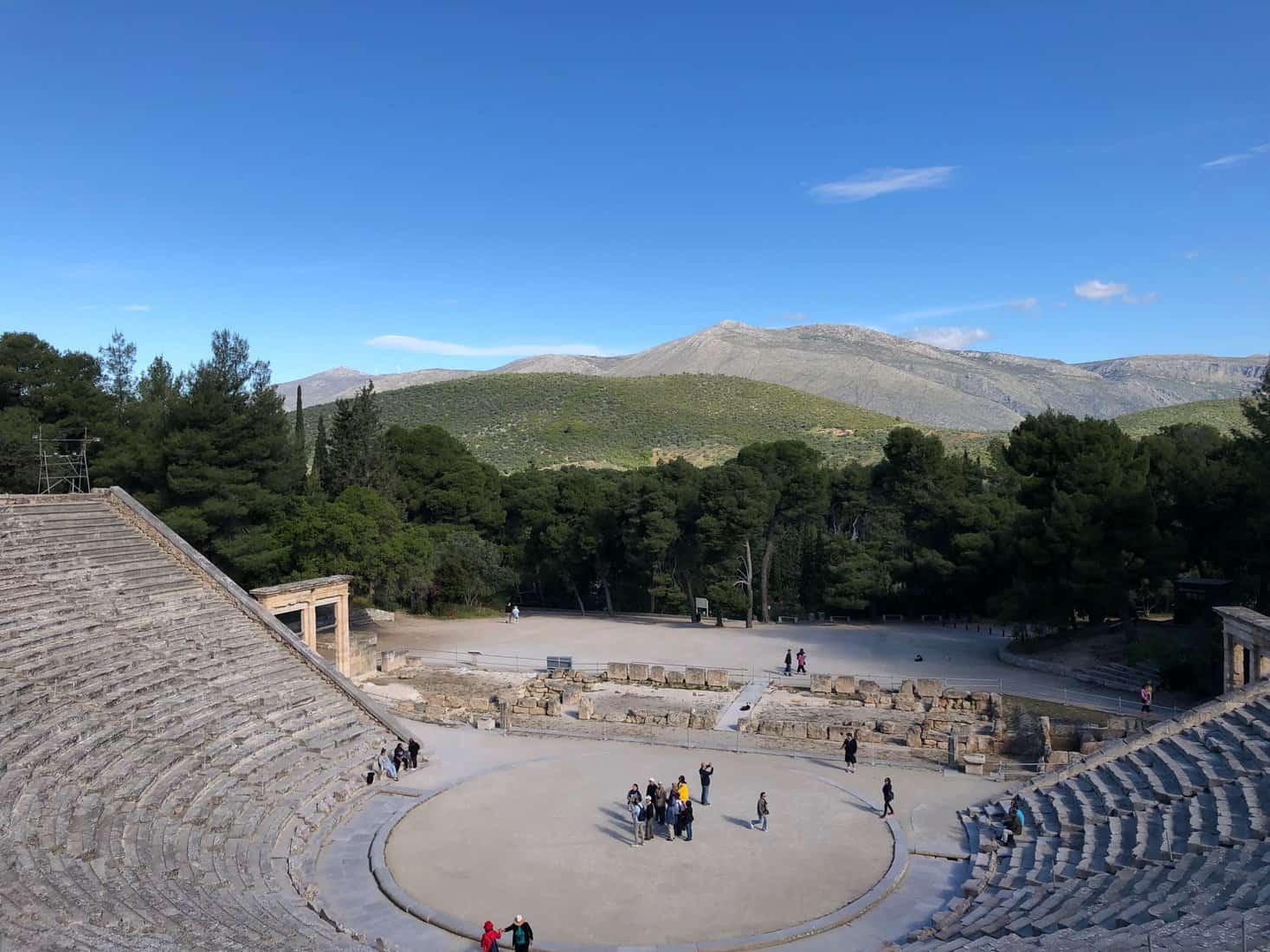
Stages of Recovery III: Growth
3 August 2022
Stages of Recovery II: Repair
An outline of the repair stage (2nd of 3) that begins after the first or second year of recovery from addictive behaviours. (Image, courtesy, Mme. Carmel’s Homework Blog.)Stages of Recovery: 1. Abstinence
A description of the stages of recovery from addiction focusing on the first stage: abstinence. (Maxwell Theatre, Augusta University.)Purpose, Values, & Goals II
A resumption of the discussion on purpose and values and how they are the product of self-interest in one’s own life and affairs. (Image courtesy, The Compass Collector.)Purpose, Values, & Goals (in Recovery)
Discussion of the role of purpose in a human life touching on values and goals. (Image: Sepia-toned image of an ancient Greek male squatting with a drawn bow, aiming at his chosen target. Courtesy, New York Public Library.)Stew & June Daymond
29 June 2022

Stew & June Daymond
29 June 2022
Two Images
Ways of seeing via two works of art. (Images, Blue Barn Green Field, Charles Pachter, undated, Courtesy, Heffel online; Don Quixote, David Nicholson, June 2022, Courtesy of the artist.)Fear & Resentment II
Fear, resentment, self-actualization, and transcendence and some ways in which they relate. (Image: A painting by Christopher Pratt, 2011, showing a snowed in red boat, the snowy shoreline, and big water.)Fear & Resentment
A discussion of the impacts of emotional suppression—especially hate & resentment—on a human consciousness. (Image of James Anderson in the role of Bob Ewell, in the movie, To Kill a Mockingbird, 1962.)Shakespeare & Recovery
Role playing as authenticity in #recovery as in #Shakespeare. (Actor Ian McKellen in his last manifestation as King Lear, c/o The Evening Standard, 2018.)Patterns & Textures
25 May 2022

Patterns & Textures
25 May 2022
One Day at a Time: The Stoic Take
18 May 2022
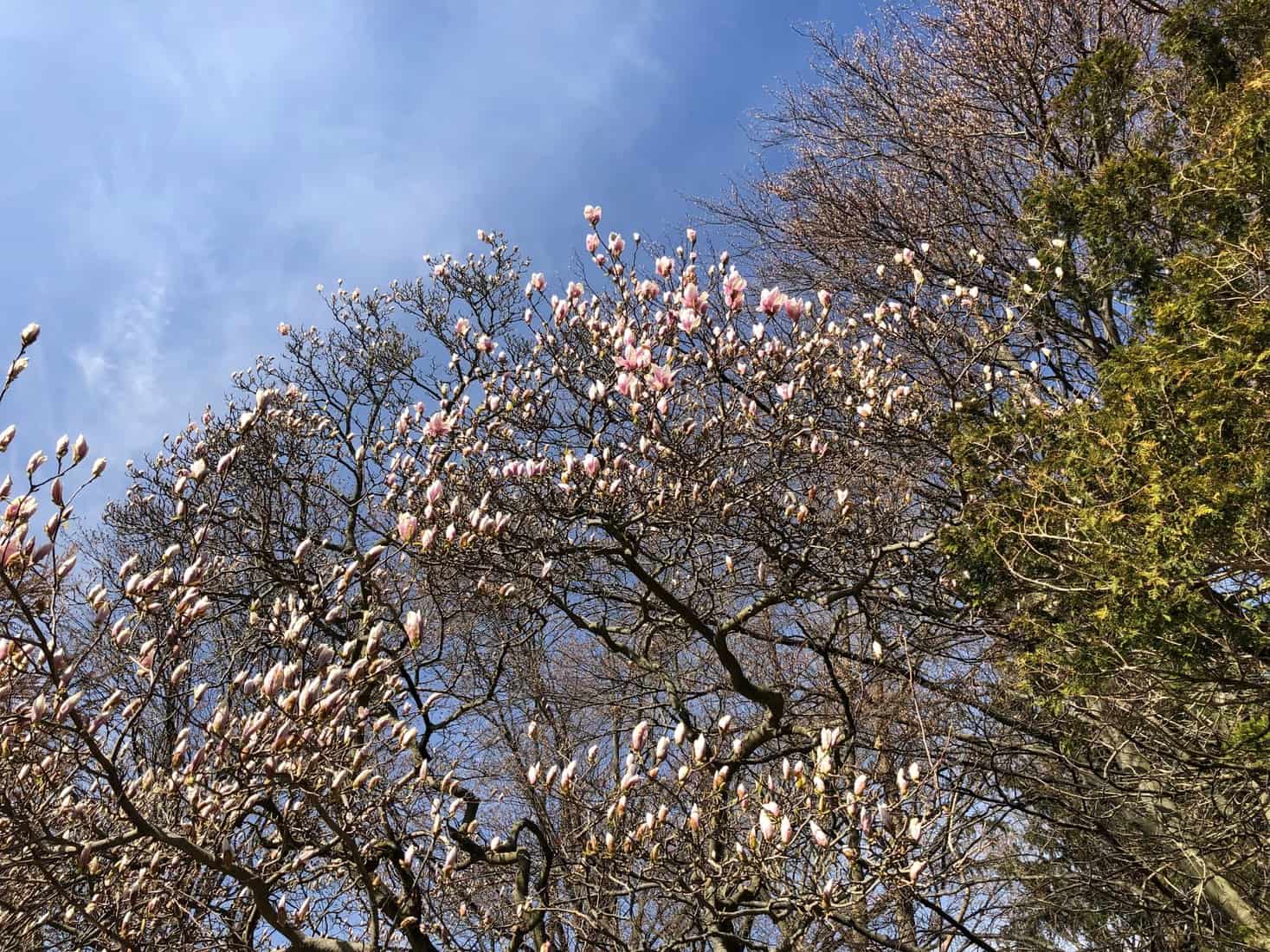
One Day at a Time: The Stoic Take
18 May 2022
Legitimate Suffering
An answer to a reader’s question concerning the necessity of experiencing #legitamatesuffering as a means of #maturation. (Image: Auguste Rodin: The Burghers of Calais: Pierre de Wissant c. 1880.)The Rational Person
The Daily Stoic’s April 22nd conception of a rational person. (Image: Rodin’s The Age of Bronze, c. 1876.)“Minnesota” and the Place of Art
Art and meaning exemplified in a song discussed. (Image of Anat Fort Trio in concert by Yoel Levy).The Rate of Change of the Zeitgeist
An attempt to understand the spirit of our current time, the #zeitgeist. (Image: Michiel Sweerts, Self-portrait with a skull, c. 1660. Interestingly, while locating this image, I came across a tweet from the art historian Simon Schama who revealed that the painting was most recently purchased by Alfred Bader, of Queen’s University, Kingston, fame. The skull had been painted over and was only seen again after the late Mr. Bader commissioned a restoration.)When Career Issues = Life Issues
13 April 2022

When Career Issues = Life Issues
13 April 2022
Becoming, Being, & Self-Actualization
6 April 2022

Becoming, Being, & Self-Actualization
6 April 2022
The Experience of Addiction
A first attempt to describe the experience--the being in addiction.Sponsorship in Recovery
23 March 2022

Sponsorship in Recovery
23 March 2022
Boundaries and Adulthood
Two questions: What is an adult and how do boundaries affect the evolution of adolescents intended for adulthood? (Image: Freedom, 2018, Jo Taylor.)Fear of Other People’s Opinions (FOPO)
9 March 2022
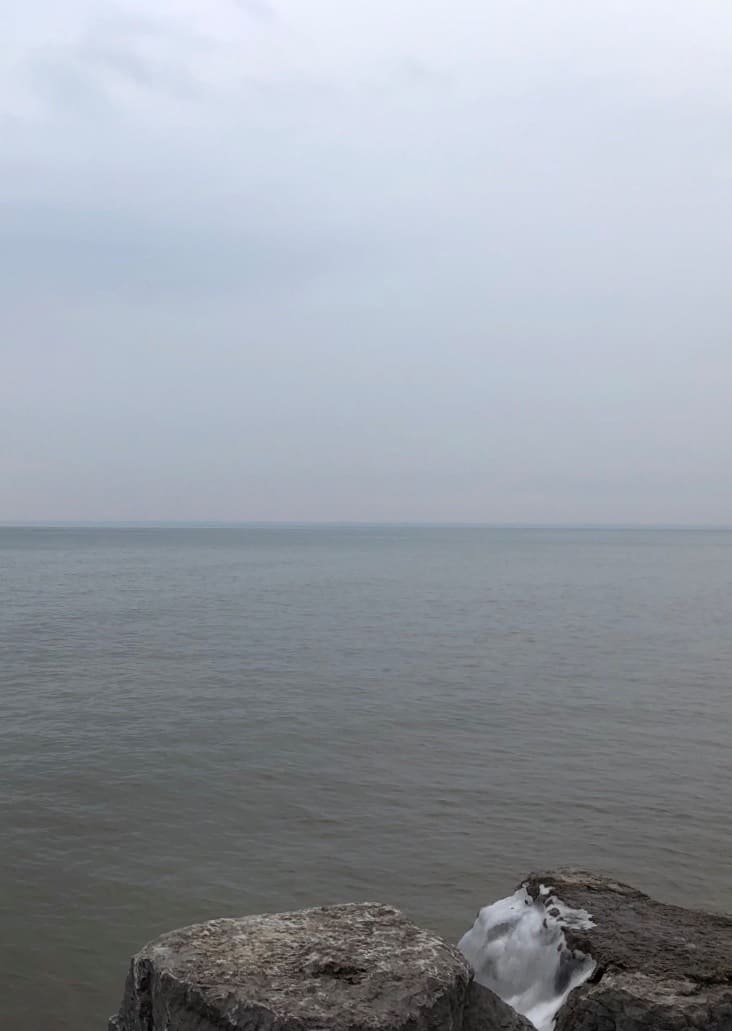
Fear of Other People’s Opinions (FOPO)
9 March 2022
Assumptions VI: Assessment
This blog concludes a series on theories favoured by me in psychotherapy concluding with their bearing on an initial assessment. (Antique Scales by W. & T. Avery Ltd. of Birmingham, courtesy of sellingantiques.com)Assumptions V: Black Holes and Other Life Stages
Reviewing major life stages provides an opportunity to ask yourself how you navigated that set of challenges and whether a change in perspective can alter that view of your past navigation. (Image of a black hole, courtesy, NASA)Assumptions IV: A=A → Virtue Ethics → Stoicism → REBT
If what we feel, think, do, and perceive is not real, how can our analysis of those phenomena change who we are? A=A → Virtue Ethics → Stoicism → REBTEmbodied, Active, Situated Intelligence: Assumptions III
Embodied, active, situated intelligence is an idea of the self as manifest and expressed throughout individual being. (Image: Leonardo da Vinci, c. 1490, after Vitruvius, Gallerie dell’Accademia, Venice.)(Bio-Psycho-Social-Spiritual) Assumptions II
A reflection on Jung and Hillman’s (1996) sense of the knowability and unknowability of the human soul. (Image, Jean-Paul Riopelle’s Untitled, 1957; Courtesy, The Met).(Bio-Psycho-Social-Spiritual) Assumptions I
The self as a constant through each person’s life discussed with respect to the #70, Gospel of Thomas. (Rembrandt, c. 1665, Self Portrait with Two Circles, Kenwood House)Before We Change
Change in a human life is dependent on agency, directed momentum, and plasticity. (Image, The Erechtheion, Acropolis, Athens, Greece, Fletcher, 1987).Horses for Courses: REBT v DBT
Horses for Courses: Dialectical behavioural therapy (DBT) and rational emotive behavioural therapy (REBT) help different people with different issues, both seeking to increase well-spiritedness. (Image: Jo Taylor, Breeders Cup.)Coherence & Narrative
We're all autobiographers, and the better the story, the stronger our sense of coherence. (Charles Dickens, A Christmas Carol, 1846, 11th Edition, Courtesy of Sotheby’s.)Acceptance and Meaning
15 December 2021

Acceptance and Meaning
15 December 2021
Acceptance as Faith
Acceptance as faith. If we accept the worst of what happens, despite not liking it, we decrease its ability to traumatize our lives = salutogenesis.Coherence & Salutogenesis
In pursuit of some positive psychological interventions, their logic led me back to the roots of mental hygiene: Antonovsky’s salutogenesis. (Image, courtesy, Goseeko.)Use Your Resources & Count Your Blessings
Two positive psychological interventions, "use your resources" and "count your blessings."Mental Hygiene
Mental hygiene: maintaining a clean, well-oiled, and fully functioning psyche. (Image, courtesy, Redbubble posters.)The Battle of First-Order v. Second-Order Values
It’s another marshmallow test: homeostasis brings up the battle between first-order (perceived need) and second order (desired value) values, especially if you’re trying to kick addictive behaviours. (Imange, Courtesy of Higher Education Quality Council of Ontario)Invisible Chains: Homeostasis in Addiction
Homeostasis, our tendency to return to equilibrium, is not an advantage in all situations, particularly during active addiction. (Unnamed, undated sculpture by Auguste Rodin)Fear of Decision-Making
An examination of the reasosn career choice is so much more than it seems. (Image courtesy, Mauvelli)Energy, Engagement, & Connection
There is no fountain of youth. But there are keys to lifelong vitality. (Image courtesy, The Guardian)Patterned Investments of Attention
13 October 2021
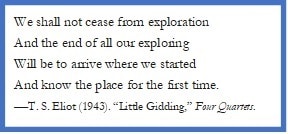
Patterned Investments of Attention
13 October 2021
Barriers to Clarity
What’s holding you back? Csikszentmihalyi, in The Evolving Self, says it’s the way you see things; the #biased lenses through which we view ourselves, our lives... (Image: Courtesy, Export Development, Canada)Controlling Your Mind
Life is challenges. Recovery from a reversal steepens the climb. In Csikszentmihalyi’s The Evolving Self, now a quarter-century old, he defined some steps required to climb that ladder. The thing is, climbing that ladder is no more (and no less) than becoming fully yourself. (Image: Courtesy, mouti.net/self-control/)Flow & Recovery
Flow, Recovery and How They Work Together. (Image: Courtesy, ideas.ted.com)Exiting the Stages of Change & Neuroplasticity
Exiting the Stages of Change: Looking at neuroplasticity and the disease model. (Image: Courtesy, https://www.vectorstock.com)Exiting the Stages of Change
Exiting the Stages of Change: A step too far? (Image: Courtesy, https://www.vectorstock.com)How We Change
How change happens in a back-and-forth manner between denial, first-tries, success, lapses, and growth. (Image: Courtesy, https://www.robives.com/blog/stick)Judgment and the Stages of Change
Facing the pain is entering contemplation or even preparation within the Cycle of Change, which is movement in the direction of order. (Image: Fear of Judgment @ Stephenson Coaching)Love & Addiction
Love & Addiction: The Way Out is the Way Through (Image: Concentric circular targets)Withdrawal I: Alcohol
Supervised withdrawal from heavy alcohol use saves lives. (Image: InterWorks: Creating a Waterfall Chart)Emotions versus Values
Or, as Marcus Aurelius asked, "What am I doing with my soul?" (Image: Jan Matejko, 1862, Sad Clown)Lewandowski’s 41st Goal
Being an agent capable of achieving goals may be more important than actually achieving them. (Image courtesy, Bleacher Report.)The Process
One boring brick at a time: The Process via The Daily Stoic (Image courtesy, Shutterstock.)Maslow and Self-Transcendence
14 July 2021

Maslow and Self-Transcendence
14 July 2021
Maslow and Self-Actualization
Self-Actualization in Maslow’s Hierarchy: Surpassing Self-Preoccupation (Image, Harvard Business Review)Maslow and Aesthetic Growth Needs
Maslow's aesthetic growth need as a gateway to gratitude. (Image, Interior, The Frick Collection, NYC, Michael Bodycomb)Maslow and Cognitive Growth Needs
Cognitive Needs in Maslow’s Hierarchy and the surprising tenacity of deficiency needs. (Image, clevertap.com)Maslow and Self-Esteem Needs
The perplexing relationship between being and being seen--as outlined in Maslow's self-esteem needs. (Image, practicalrecovery.com)Maslow’s Love & Belonging Needs
Love & Belonging Needs in Maslow’s Hierarchy (Image of adult Collie with pup courtesy, thehappypuppysite.com/collie)Maslow’s Safety Needs
Safety Needs: Forgetting is Attainment (Image of Elmer the Safety Elephant, courtesy Elmer’s Safety Village)The Basics: Physiological Needs in Maslow’s Hierarchy
A look at things we too often take for granted. (Image of Abraham Maslow, 1908-1970, courtesy holisticeducator.com)p: Happiness Requires Responsibility
Dr. Jordan Peterson, in an excerpt from his latest book, claims that happiness requires responsibility. This premise is tested in this blog. (Image: Maslow's Hierarchy of Needs, courtesy McLeod, S., (2020 Simply Psychology).The Inextinguishable Capacity to Flourish
12 May 2021
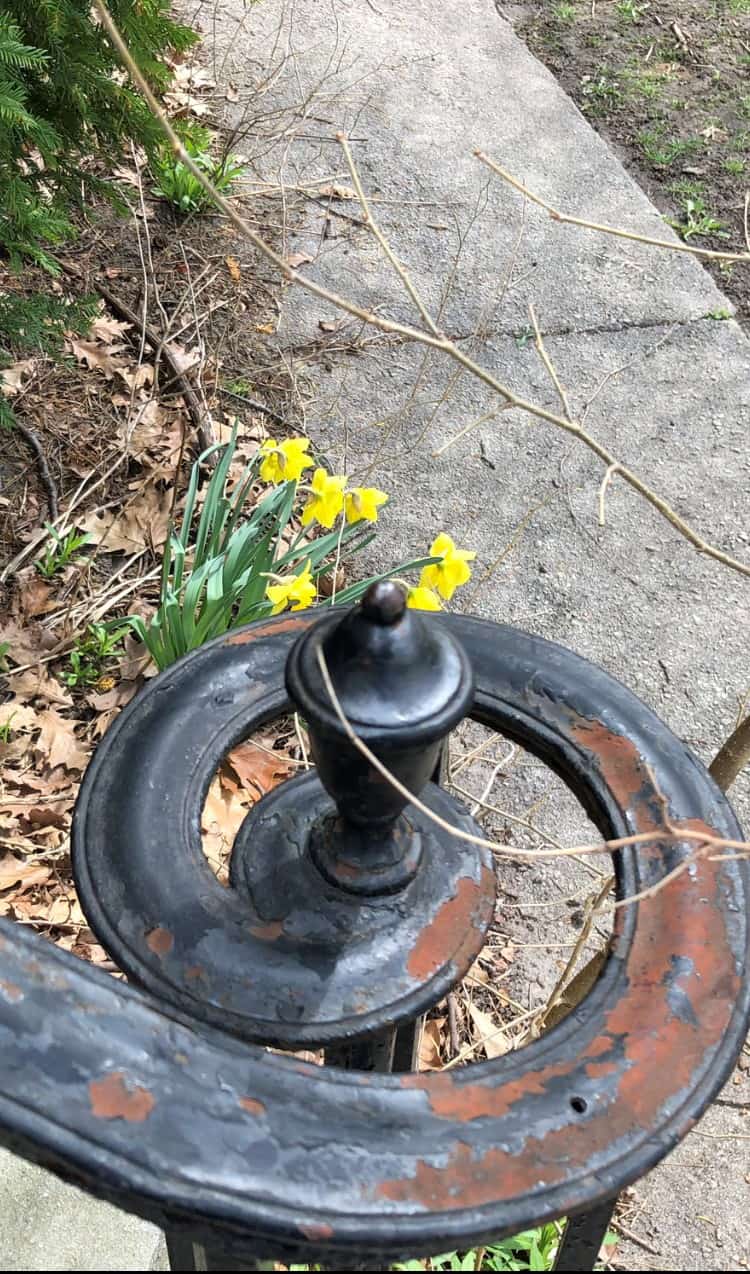
The Inextinguishable Capacity to Flourish
12 May 2021
Recovery & Identity II
Wrestling with your own angels: Recovery as transformed identity. (Partial image from Doré’s Jacob Wrestling with the Angel, 1855 showing a man in ancient rust-coloured robe wrestling with a strong feminine, white-gowned figure.)Recovery as Transformed Identity
28 April 2021

Recovery as Transformed Identity
28 April 2021
Resilient Balance: The Dimensions
Change it up— know the parts of wellness. (Image courtesy, the medium.)Resilient Balance: First things First
When you’ve got lemons… slice segments based on YOUR #resilientbalance. (Image courtesy, communitypartnersinc.org)Know Thyself VI: A Summary
Summation: Know Thyself: Harmonize what you can change with what you cannot change, and you will be well. (Image: Aristotle, “The philosopher.”)Know Thyself V: Know the Costs
Knowing thyself is knowing when to hold and when to release. (Image: Sculpture of Arjuna, By Ilussion - Own work, CC BY 3.0, https://commons.wikimedia.org/w/index.php?curid=4893787)Know Thyself IV: Know Your Personality
Paradoxically, knowing thyself is not a DIY project. (Image: CanovaThorvaldsen – Photo Flavio LoScalzo, Gallerie d’Italia, Piazza Scala, Milan.)Know Thyself III: Know the World
Knowing thyself means differentiating between information anxiety and understanding our fundamental belongingness on Earth. (Image: (“World Knowledge, Courtesy, ToughtCo.)Know Thyself II: Movement
Character is good habit formation. 2,500 years after Aristotle we know habits can be re-built, renovated & improved. (Photograph from Motion Dance Center of dancer Misty Copeland.)Know Thyself
3 March 2021
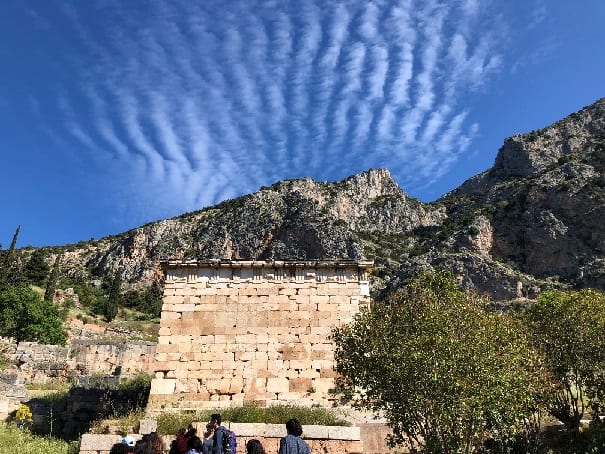
Know Thyself
3 March 2021
Psychological First Aid
The necessity of psychological = mental + spiritual first aid. Image, courtesy Canadian Red Cross, Bell Let’s Talk.The Cost of Compassion II
Compassion fatigue is a real demonstration that empathy and compassion are (individually) limited resources. (The inverted arousal curve or Yerkes-Dodson Law, courtesy, Healthline.)The Cost of Compassion
The cost of compassion & empathy. (Logo of band, Blood, Sweat, & Tears.)Choosing Victimhood: Logotherapy III
Depression as a verb: Viktor Frankl and Logotherapy: Conscious agency versus silent consent. (Depressed floor planes, Boston City Hall, Kallman, McKinnell, & Knowles, 1968.)Choosing Victimhood: Logotherapy II
Viktor Frankl and Logotherapy: We choose our roles as victims or agents and we choose our degree of occupancy of those roles. (Image courtesy @VictimNoMoreUK, January 2021)Choosing Victimhood: Logotherapy
We choose victimhood or agency: Viktor Frankl and Logotherapy. (Image of Viktor Frankl, courtesy, Maria Popova, Brainpickings 19 August 2019.)Broken Chains
Strong chains of actualizing behaviour are built by purpose, community, contribution, and meaning.Persist and Resist
Persistence and resistance are the essence of Stoicism and boundary defense. They are also a formula for values-based forward movement. (Image by Richard Bennett in Sail, 2018.)What’s Old and New
30 December 2020

What’s Old and New
30 December 2020
Equus at Avalon
23 December 2020
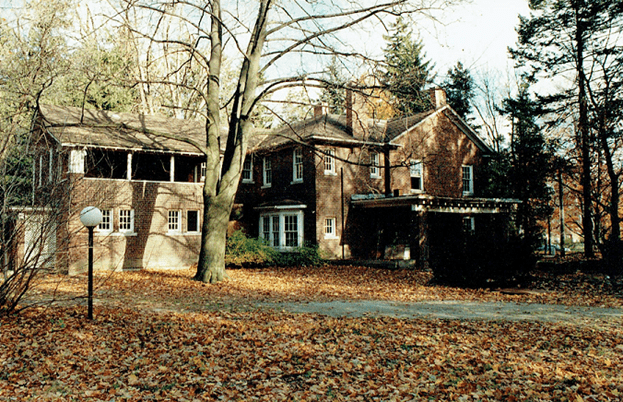
Equus at Avalon
23 December 2020
Emotions and Tail-chasing
The image of a dog chasing its own tail parallels conducting one’s life in pursuit of feelings rather than values. (Courtesy, VCA Animal Hospitals, Why Do Dogs Chase Their Tails?)Emotions and Values
In an emoji-mad world, if we lead our lives in pursuit of feelings, we risk long-term pain. Leading lives in pursuit of values brings short-term pain and long-term gain. (Types of Basic Emotion, Verywell, JR Bee in Cherry, 2020.)Nothing Changes if Nothing Changes
If we are being led by our emotions, we have not identified values, goals, means, or rules of conduct; we’re re-acting not acting for our own growth. (The triangular shape, lower case Greek delta, is a symbol of change.)Recovery as Investment
Investment is usually thought of as placing money in an asset whose value is expected to grow. Self-investment is no different, but the strategy and expectations are that YOU will grow. Image: Man Reading by Candlelight, c.1648, Rembrandt van Rijn, Clark Art Institute.Acceptance & Facing the Facts
18 November 2020
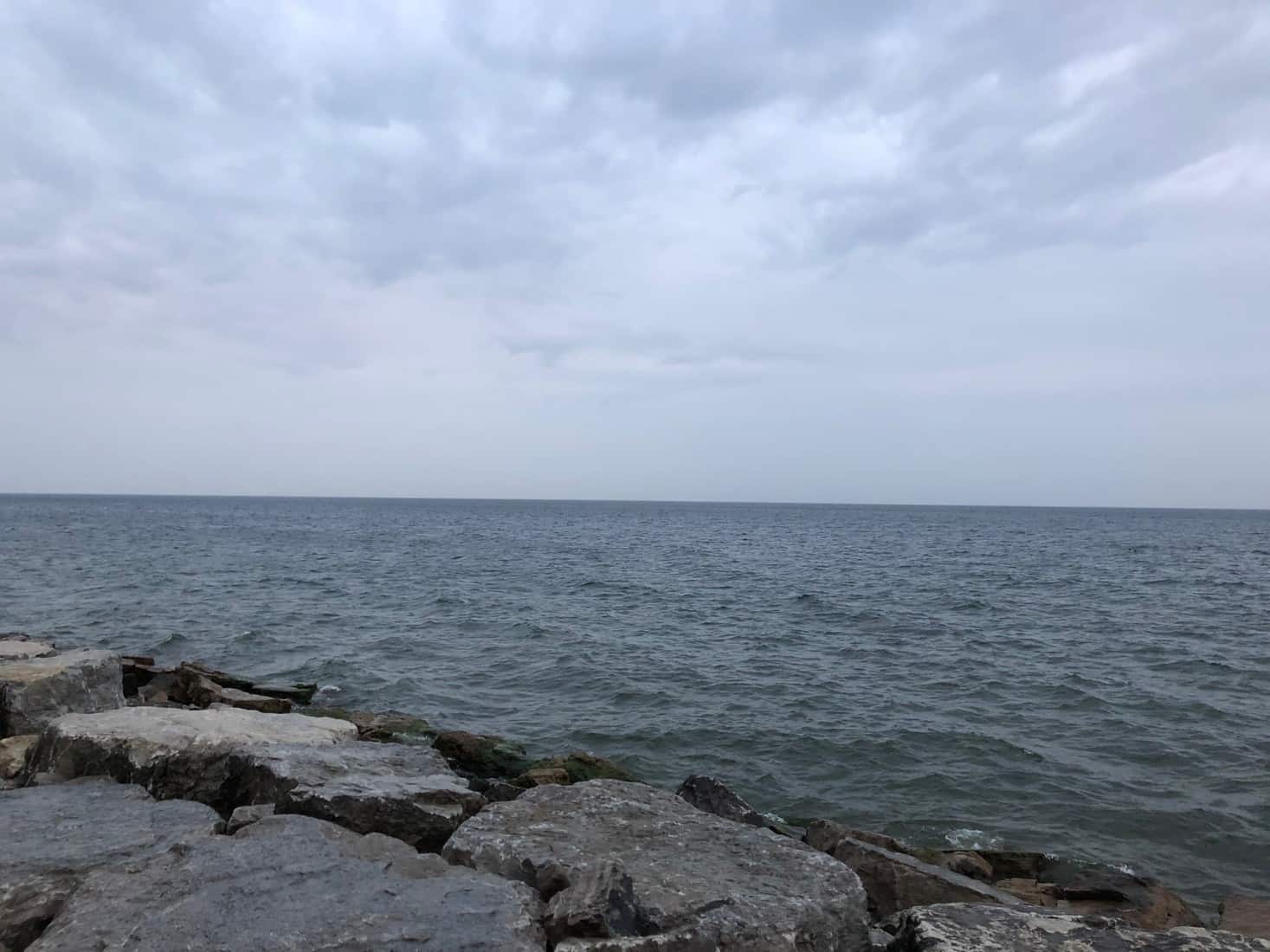
Acceptance & Facing the Facts
18 November 2020
Acceptance Deployed
11 November 2020
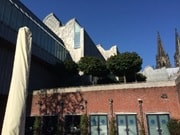
Acceptance Deployed
11 November 2020
Acceptance & Amor Fati
SMART Recovery’s Unconditional Life Acceptance vis-a-vis Nietzsche’s Amor Fati, that you love your fate as a means of acceptance. (The Three Moirai (Three Fates), relief, grave of Alexander von der Mark by Johann Gottfried Schadow, Old National Gallery, Berlin.)Acceptance & Stoicism
Per Epictetus and U.S. Vice-Admiral James Stockdale, the ability to distinguish what is in your control and what is not--while maintaining faith--is supreme acceptance. (Edited image of Epictetus from a post by Donald Robertson, Epictetus: Stoicism versus Epicureanism, 2 May 2016.)Acceptance
21 October 2020

Acceptance
21 October 2020
Perfectionism IV
In art as in life, striving for perfection is less likely to succeed than striving for contextually sensitive excellence. (Promotional image for “The Perfection” Netflix.)Perfectionism III
Perfectionism locks people into performance-preventing knots. Life goes by without the participation of the perfectionist because she’s too worried about imperfection to jump in the ring and simply enjoy the experience, come what may. (Mies van der Rohe, Farnsworth House, Plano, Illinois, 1945, Getty Images.)Perfectionism II
The borrowed image for this blog is of a large grown man, angrily pointing an accusing finger at a young boy in an aggressive, even hostile manner. And in front of other adults, and probably teammates. Without question, this is one of the downsides of organized activities lead by people of insufficient ego—a not uncommon occurrence. (Image courtesy of John Saddington, Soccer Coach)Perfectionism
Perfectionism is a vice, a should-based obsession preventing necessary learning to perpetuate an illusion of stainlessness. (French Cross by Alex Colville, 1988, Private Collection.)Why did I use? Summary
16 September 2020
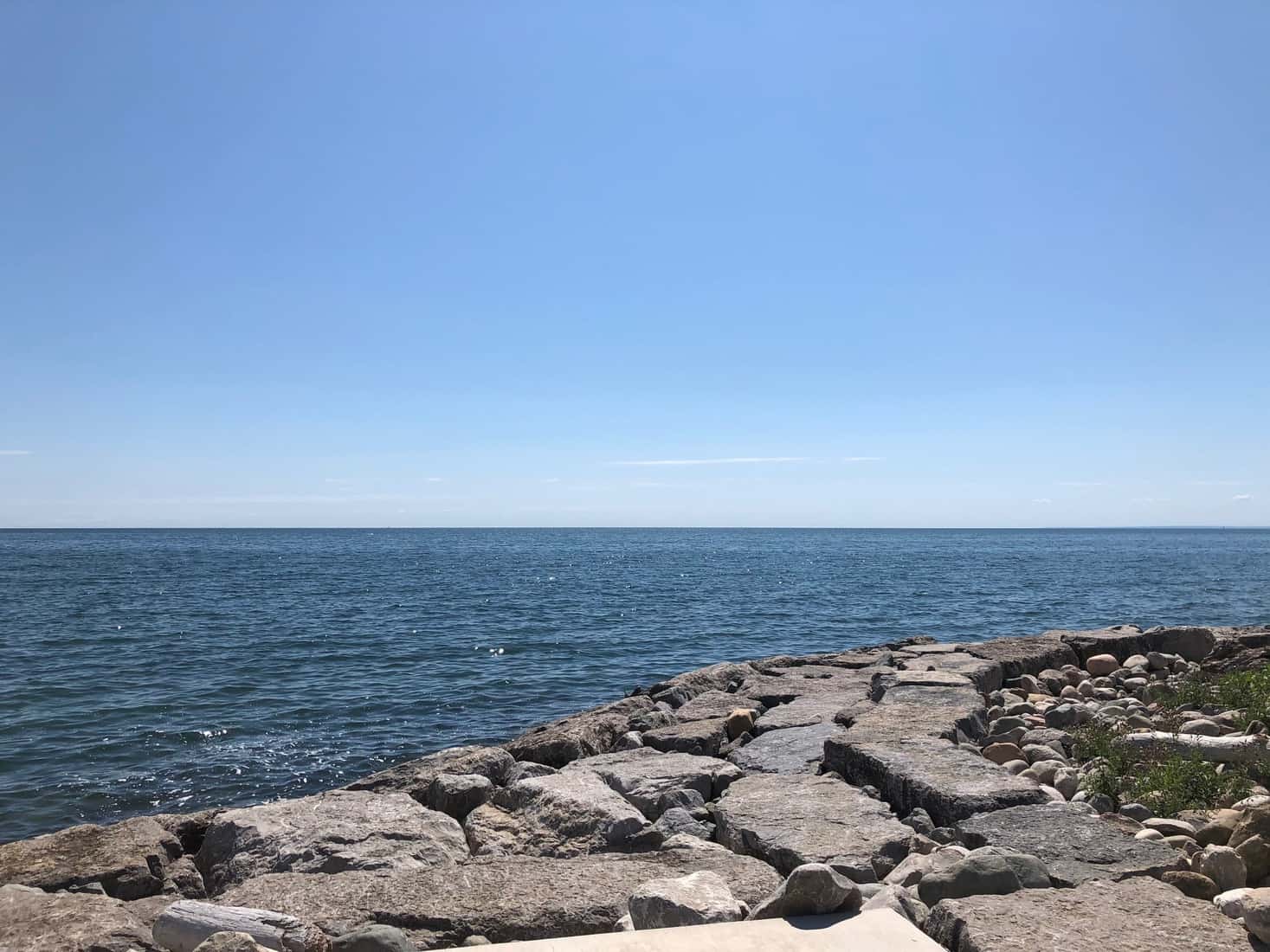
Why did I use? Summary
16 September 2020
Why did I use? VII
9 September 2020
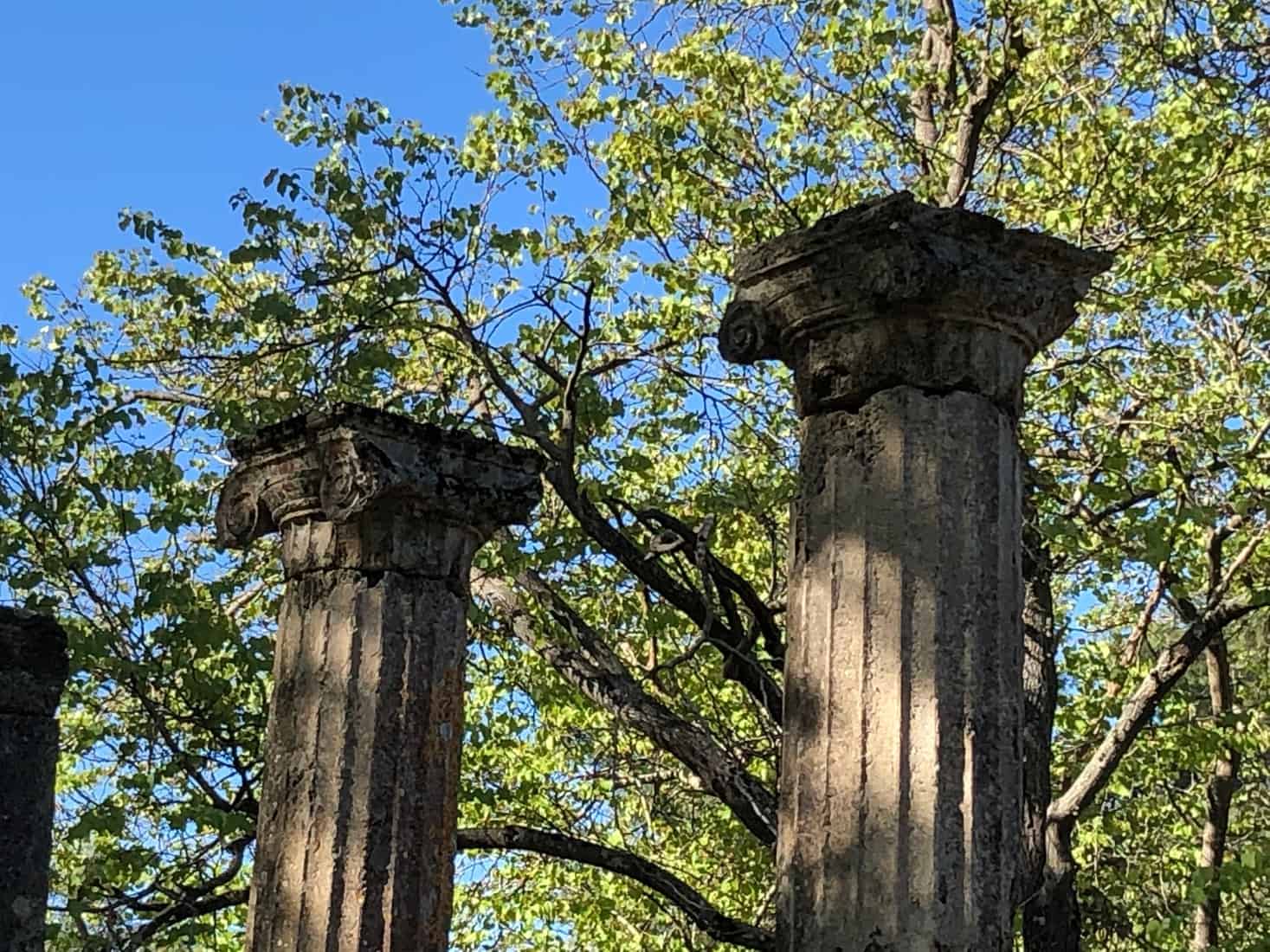
Why did I use? VII
9 September 2020
Why did I use? VI
The slippery slope of addiction is related to snow in two ways: seemingly manageable downhill slides become treacherous when conditions change, and control is lost. Similarly, snowballs are known to grow by accretion, that is, as they roll in wet snow, they involuntarily gain mass, like addictive behaviours. (Image: Turner, 1842, Snow Storm: Steam-Boat off a Harbour’s Mouth, Courtesy, Tate Gallery, London.)Why did I use? V
Why did I use? Loneliness is an increasing problem of social disconnection that some researchers cite as a primary cause and sustaining factor of addictive behaviours. (Automat, Edward Hopper, 1927 Courtesy, Des Moines Art Center, Iowa)Why did I use? IV
Why did I use? Many emotions are hard to face. They bring pain. That pain can be faced and addressed at source or it can be depressed, medicated, or ill-behaved away. But it will come back. (Man with Opium Pipe, Image courtesy, Science Museum, London.)Why did I use? III
Why did I use? III Mischel’s (1960) marshmallow experiment actually included strategies for success to some of the children able to resist immediate gratification of the reward circuit. (Image courtesy, Philosophy by the Way, 2018)Why did I use? II
Why did I use? Incremental use is cited as one cause of addictive behaviour, but that label can mask the personality traits and environmental factors that made incremental use appealing. (Image courtesy, globalnews.ca 2020)Why did I use?
Why did I use? Answering this question well is probably the most resilient foundation that can be built to support a lifetime of recovery from addictive behaviour. This blog lists reasons for use and briefly examines cultural factors.Mirror, Mirror
When addictive behaviour is arrested, sobriety begins. But sobriety triggers maximal vulnerability of one’s identity or self-concept. Recovery is about re-forming identity through sustainable narrative.Sobriety versus Recovery II
Sobriety is not using. Recovery is learning why you used and correcting for better more self-controlled performances on the human stage called life.Sobriety versus Recovery I
Recovery is striving toward a fully realized you; sobriety is obsessing over not using.Resilience – The Summary
Resilience isn’t about the best list or the best approach, it’s about seeing that acceptance of life’s terms, positive-minded goal setting, and grateful persistence are the usual suspects in this caper.Resilience #7–The Bounce-back virtue: Keep Buggering On! (KBO)
KBO, Churchill’s abbreviation for Keep Buggering On, was a cry to and for the downtrodden to get back up, smile, and keep fighting for the values they deem worthwhile i.e., resilience.Resilience #6 – The bounce-back virtue: Meaning, beauty, and narrative
Meaning, beauty, and narrative are not afterthoughts applied to chaos. They are tools used to build resilience by understanding one’s life as a connected series of meaningful stories held together by the substance of an optimistic human life.Resilience #5–The Bounce-back Virtue: Act. Tenaciously.
Life stories, life chapters, and each week within each chapter has direction and momentum. Both come with choices. Choose values-based, positive ends for the direction of your days.Resilience #4 – The Bounce-back Virtue: Game It
In order to be resilient, activating the reward circuit in the brain i.e., making a new challenge into a game, allows more success than stressing about it.Resilience #3 – The Bounce-back Virtue
The third factor, in building resilience, is a rigorously honest but positive resource assessment.Resilience #2: The Bounce-back Virtue
To build resilience requires the Stoic virtue of moderation. While no longer a current virtue it's contemporary equivalent is self-control or self-discipline. This blog describes how self-control is applied to danger and recovery.Resilience #1 – The Bounce-back Virtue
Resilience is the ability to roll with the punches. Psychology is finding this to be a "buildable" virtue. This blog is the beginning of a series on building resilience. This blog focuses on acceptance of the things you can control and the things you can't control.Scheduling as Survival
About the long history and virtuous utility of scheduling, even of "unimportant" events or tasks. A checked-off schedule feeds our sense of efficacy and self-control while providing quiet satisfaction.On the Death of Lorne Robert Charlton (1957-2019)
9 December 2019

On the Death of Lorne Robert Charlton (1957-2019)
9 December 2019
The Death of Mrs. Bramall, 1922-2018
2 February 2018
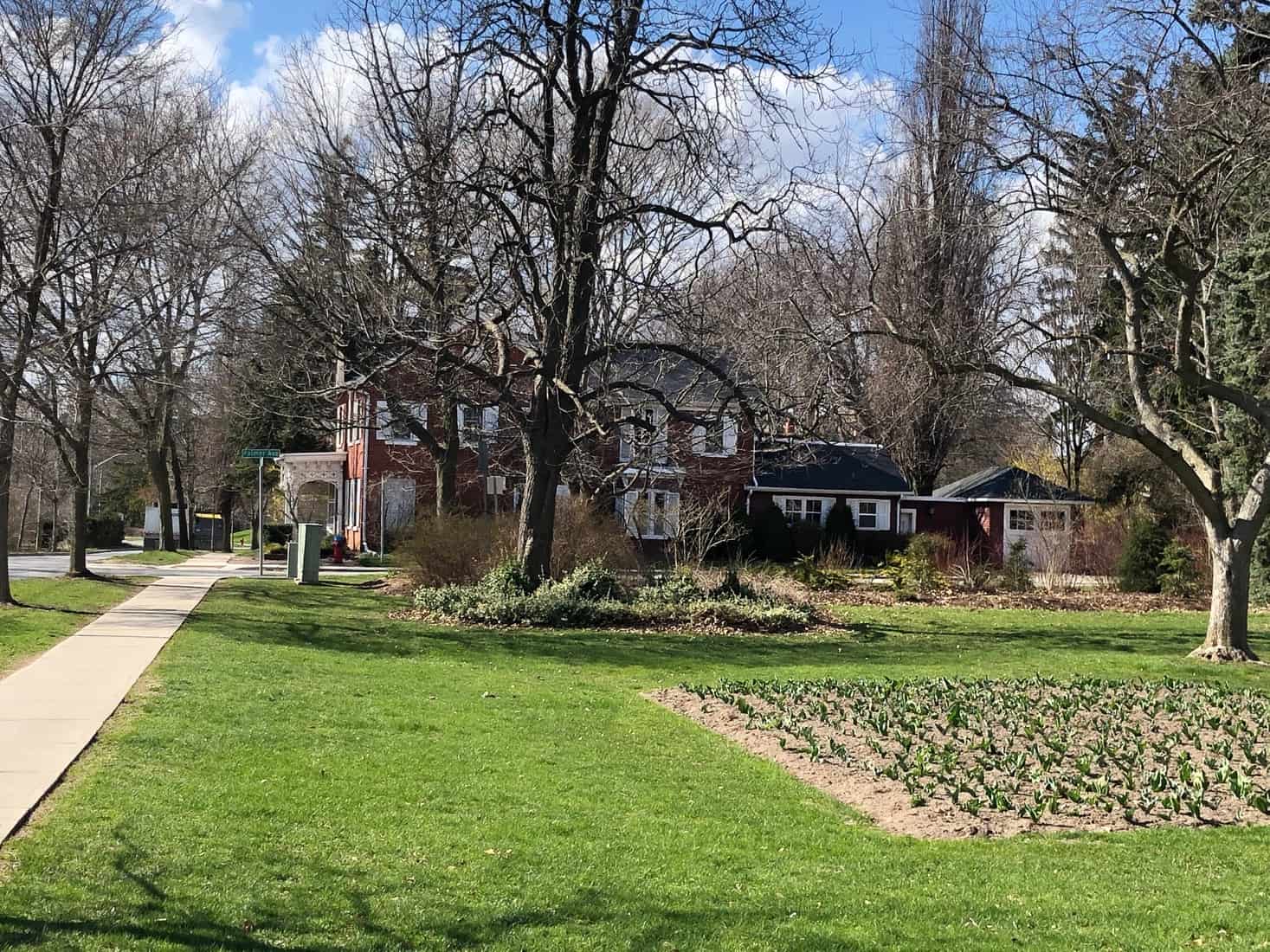
The Death of Mrs. Bramall, 1922-2018
2 February 2018
